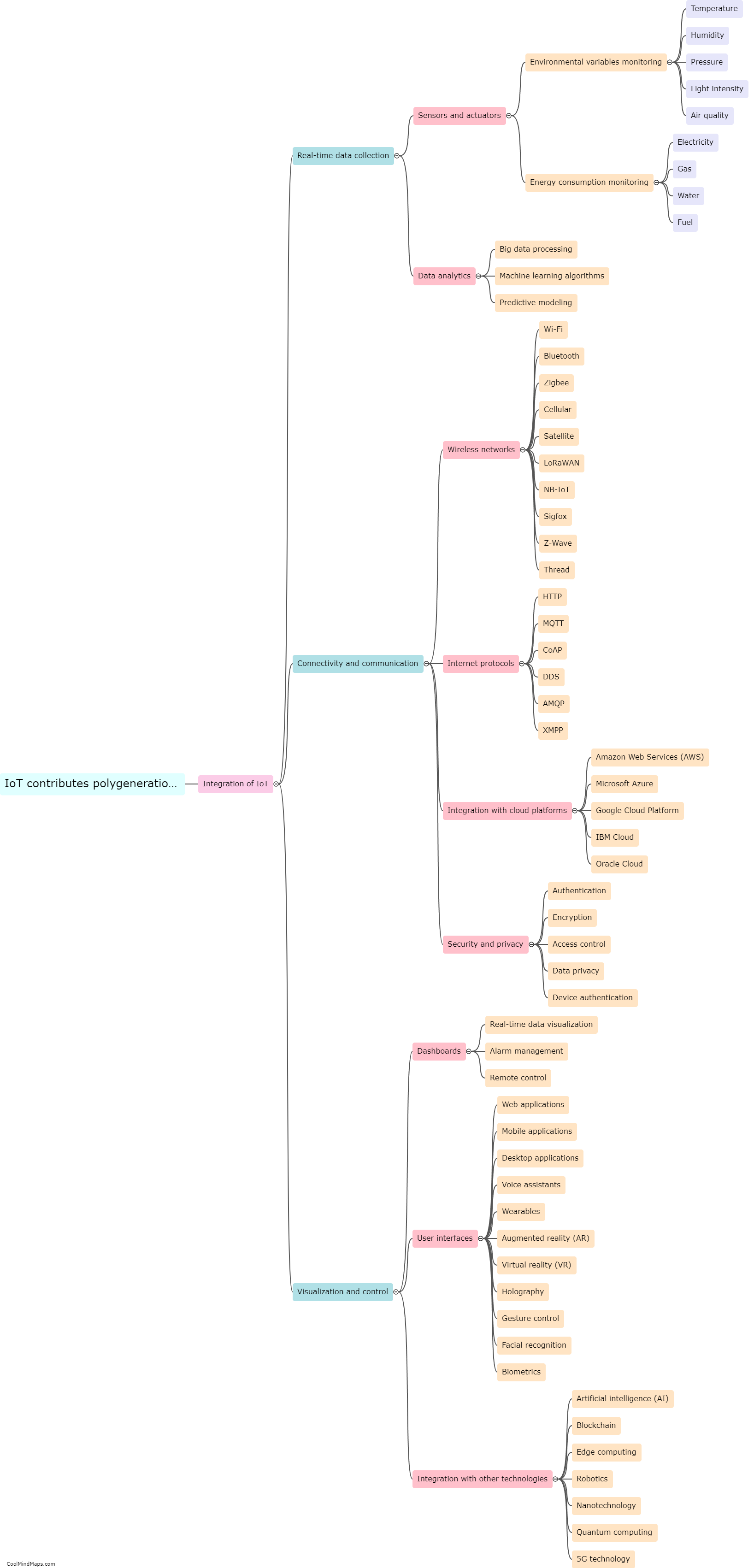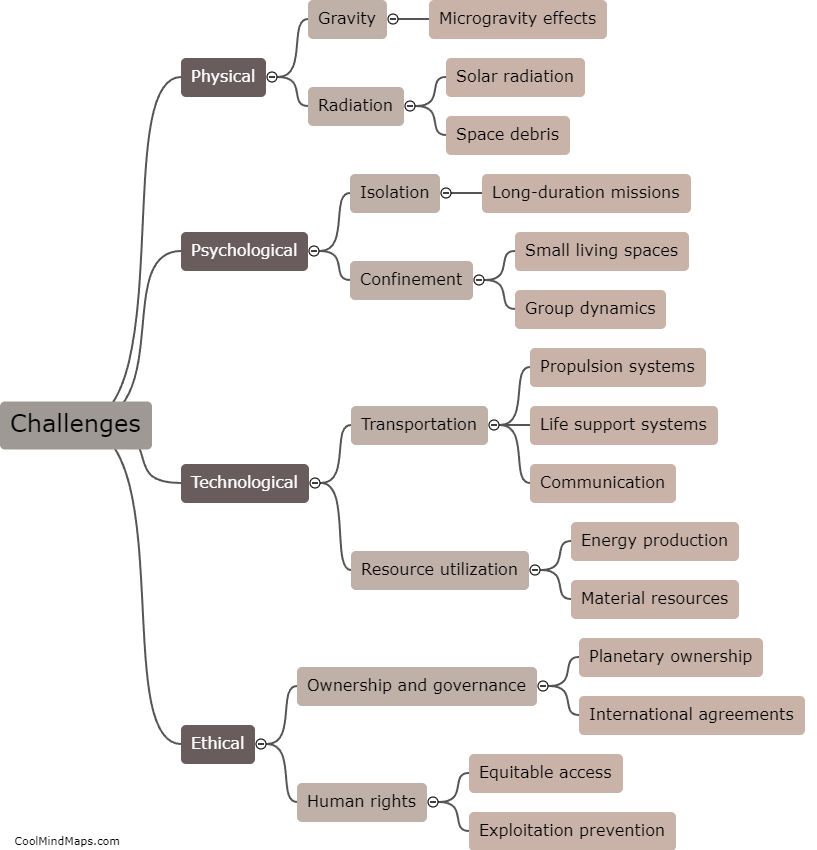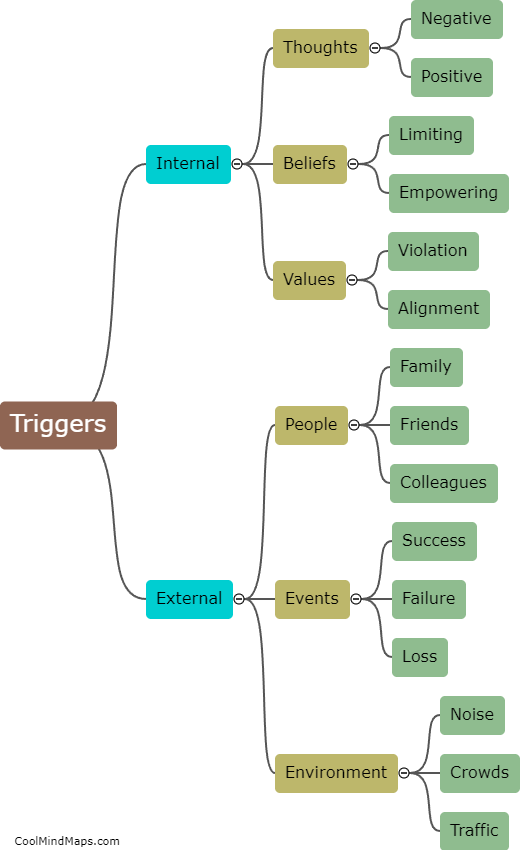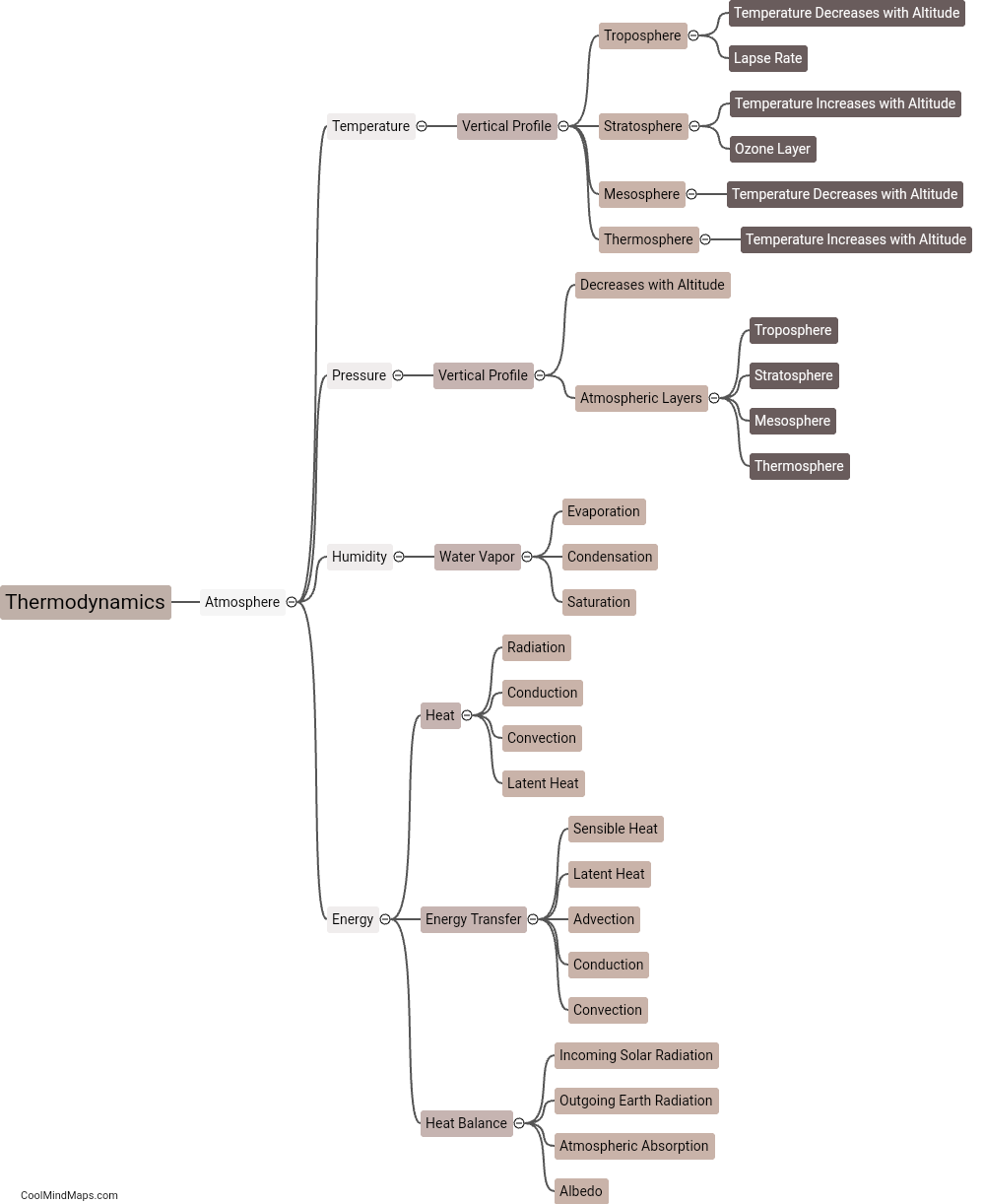How do objects move according to Newton's laws?
According to Newton's laws of motion, objects move in response to the forces acting upon them. The first law, known as the law of inertia, states that an object at rest tends to stay at rest, and an object in motion tends to stay in motion, unless acted upon by an external force. The second law, also known as the law of acceleration, states that the acceleration of an object is directly proportional to the net force applied to it and inversely proportional to its mass. This means that the greater the force applied to an object, the greater its acceleration, while the greater the mass of an object, the smaller its acceleration. Lastly, the third law, the law of action and reaction, states that for every action, there is an equal and opposite reaction. This means that whenever an object exerts a force on another object, the second object exerts a force of equal magnitude but in the opposite direction on the first object. These laws help explain how objects move and interact with each other in a wide range of situations.
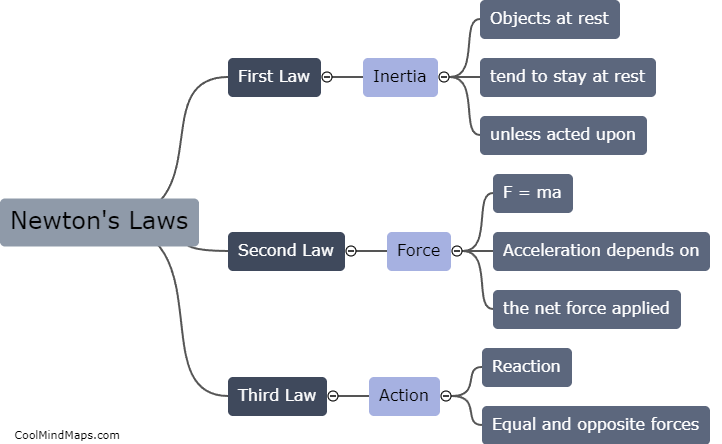
This mind map was published on 10 November 2023 and has been viewed 85 times.
